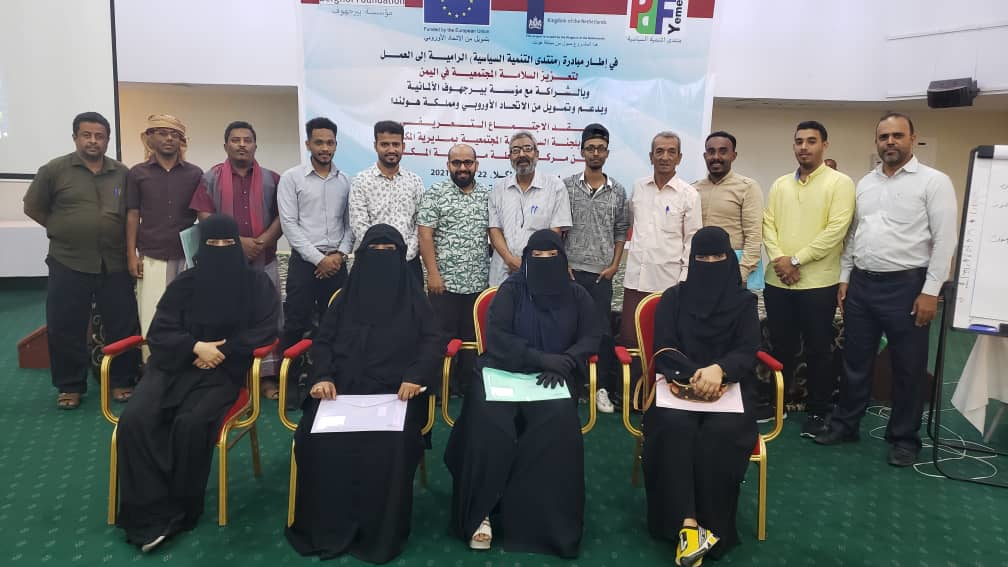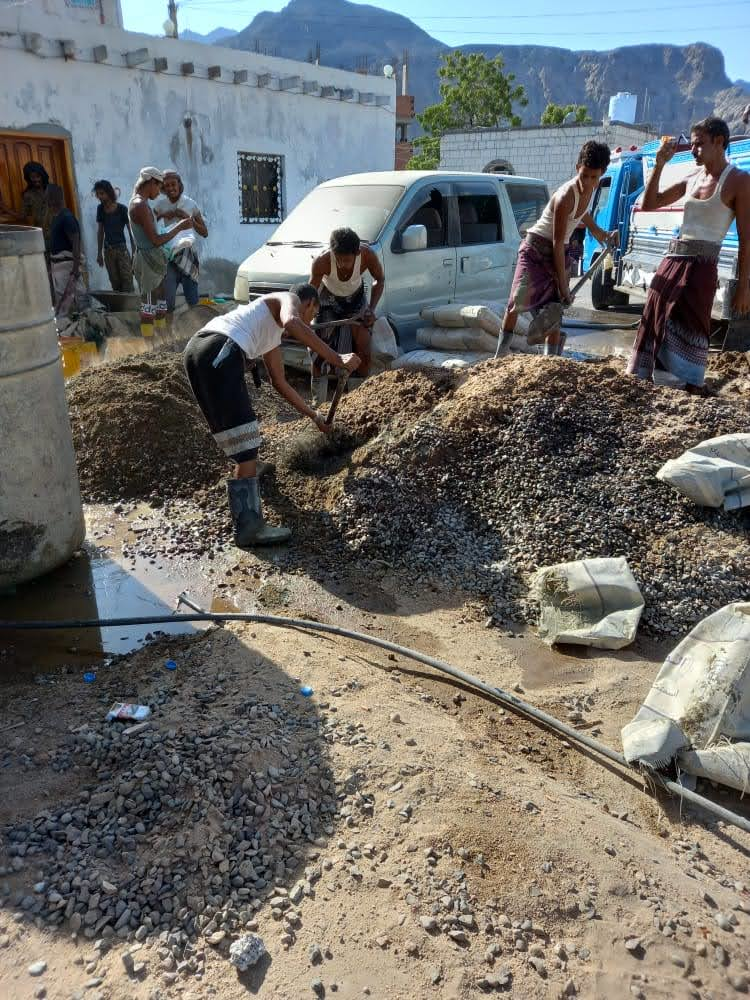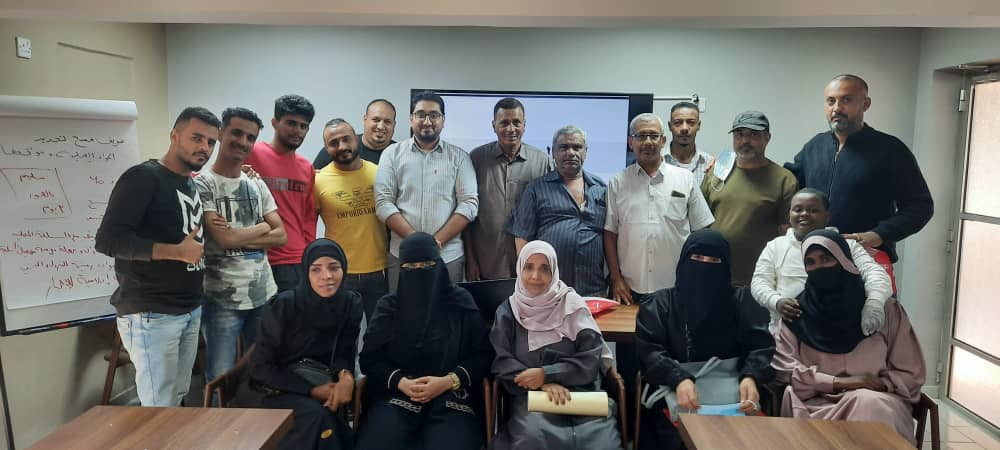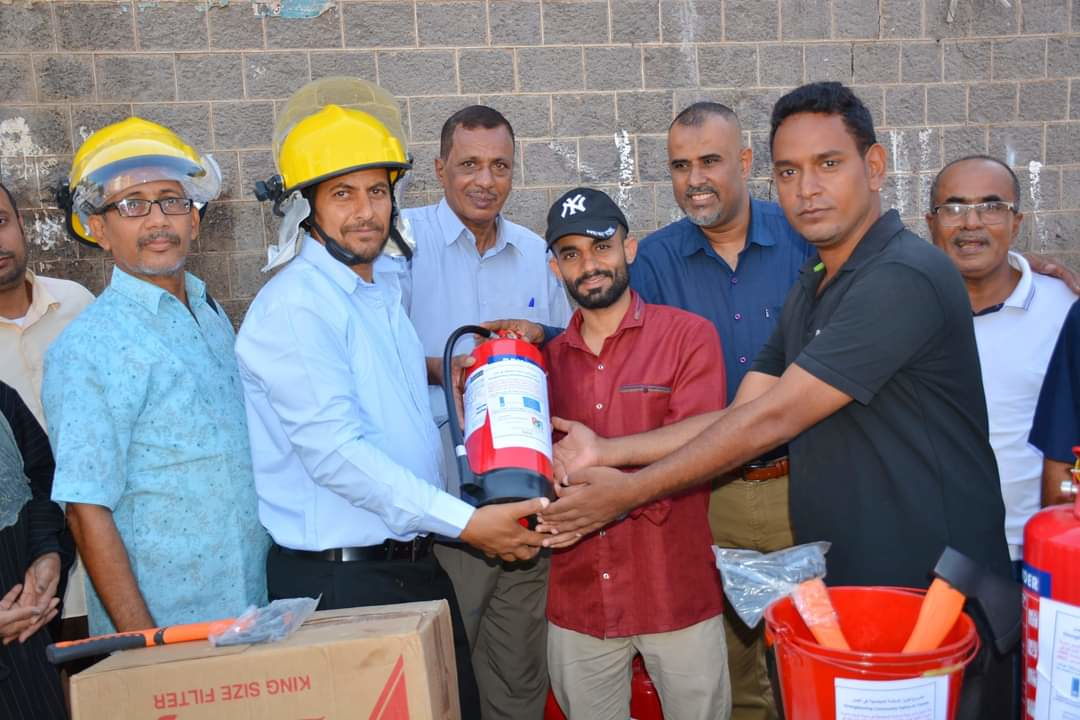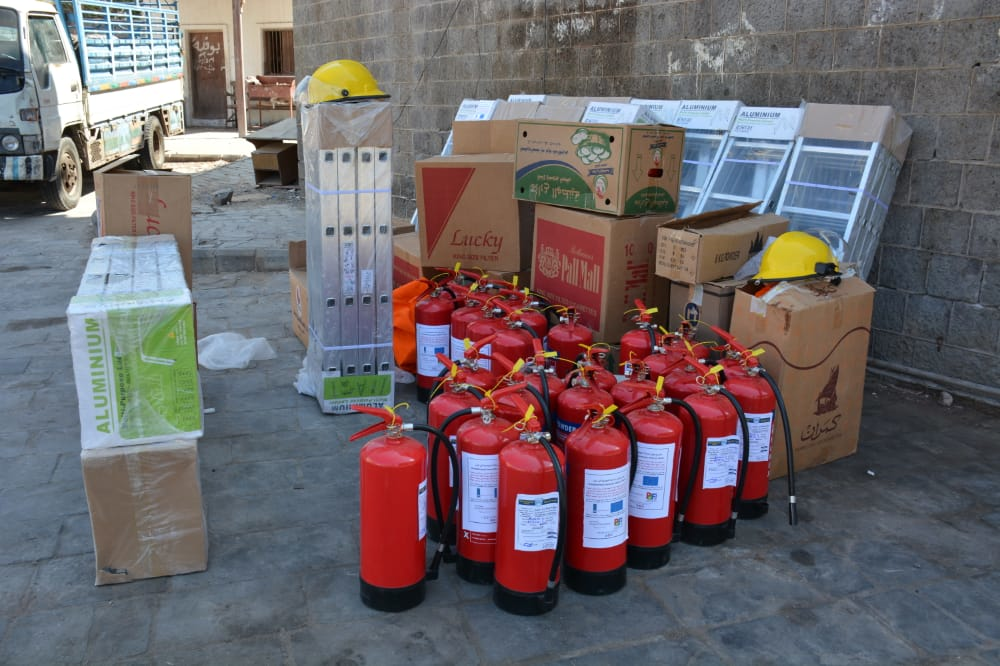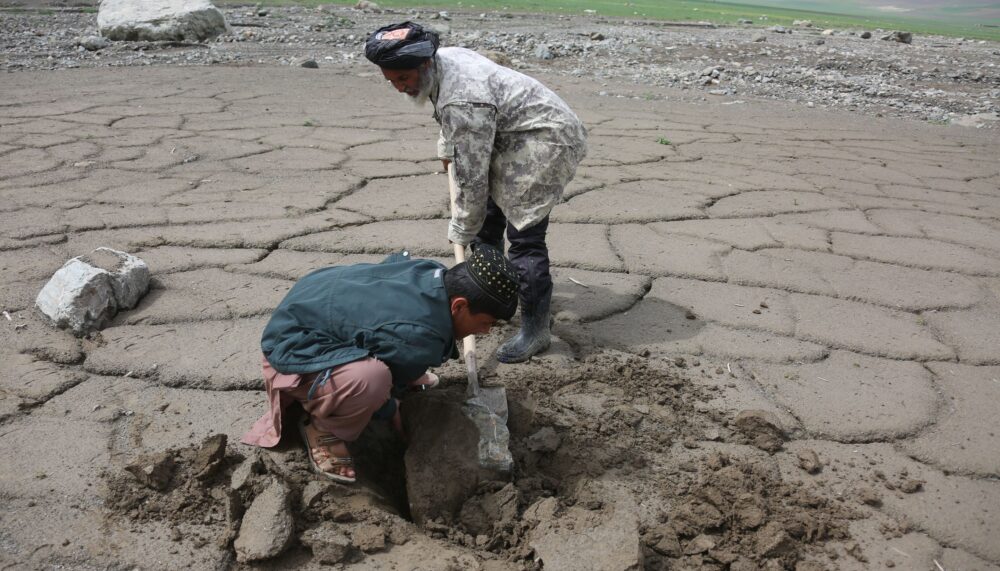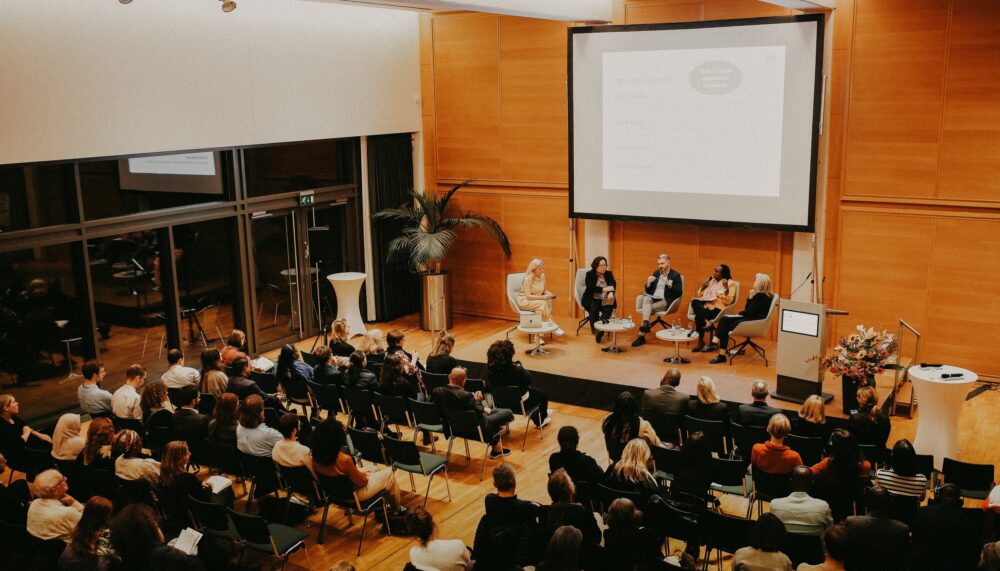FEATURE | 10 Jan 2022
Strengthening local safety in Yemen
Launch of a resource hub on community safety
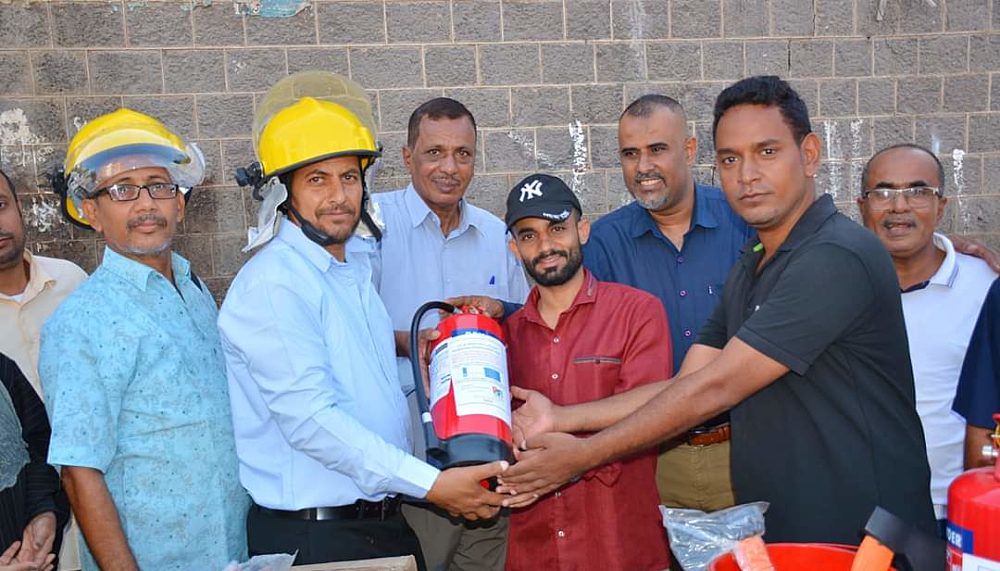
To support actors working on community safety, we are launching a resource hub in Yemen through a training manual, committees and an online platform.
Since 2015, the war in Yemen is dragging on with devastating results. The ongoing fighting has killed tens of thousands, hundreds of thousands have died from malnutrition and disease, and there is millions of displaced Yemenis. While the country continues to be trapped in a cycle of violence, Yemenis suffer from the lack of basic infrastructures.
This project creates space for the police to meet with community members and listen to their security and safety concerns, and accordingly, solve and channel these issues to the concerned decision makers.
Vice-Director of the Crater Police Station, Aden City
Next to our engagement on the national and regional level, together with the Political Development Forum Yemen (PDF) we have been working to strengthen community safety in Yemen since 2018 focusing on citizens’ day-to-day safety needs. Initiated and supported by a Yemeni-led inclusive discussion on community safety principles, we have created communication channels between law enforcement agencies and citizens at the local level.
This has led to the establishment of five Community Safety Committees bringing together representatives from the police and the community they serve. These committees meet regularly and discuss the local safety concerns of their community. Accordingly, they develop and implement small pilot safety initiatives that aim at improving the communication and trust between police and community, the sense of safety for the community and the access to security and safety services, especially for women.
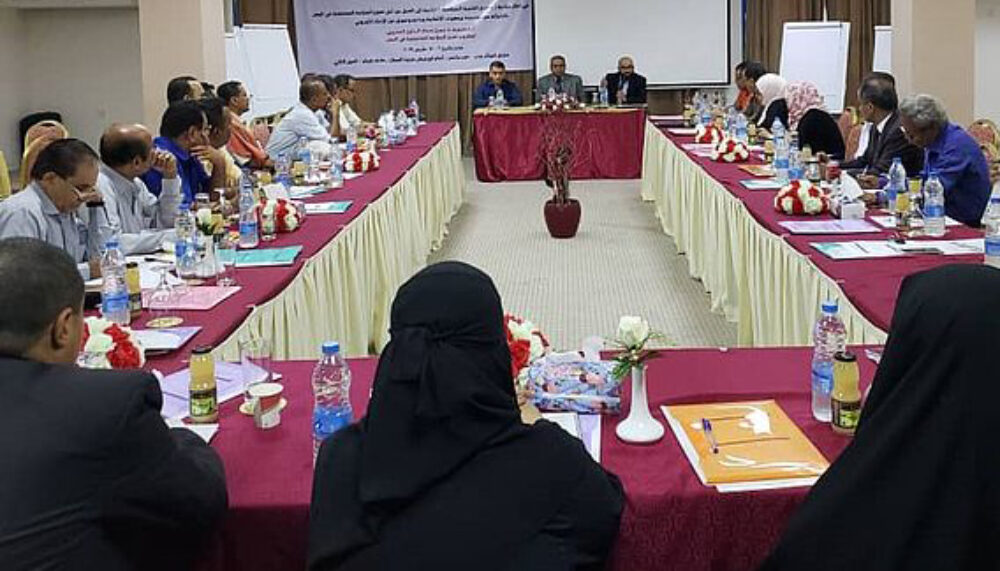
We are now launching a resource hub comprised of a new website on community safety including our training manual on community safety in Yemen. The website on community safety, available in both English and Arabic, bundles information and resources on community safety created by the Berghof Foundation as well as resources from CARPO, and Saferworld and other organisations working on safety and security in Yemen.
Its primary aim is to make resources on community safety more accessible, thereby ensuring effective knowledge sharing and dissemination and to enable users to contribute and upload relevant and important materials; hence, facilitating coordination between actors working on community safety in Yemen by sharing research and activity reports.
The website features outputs and activities of our community safety work, including a training manual on community safety, which we developed in close coordination and agreement with the concerned authorities and stakeholders. The manual includes seven modules related to the community safety principles; it sets conceptual input and provides examples of practical aspects through exercises such as role-plays. It mainly targets employees of the police as well as judges, prosecutors and civil society members to enhance their understanding and strengthen their skills on community safety in the Yemeni context. The manual is available in Arabic and a summary in English.
We also established inclusive Community Safety Committees (CSCs) in five cities – Sana’a, Dhamar, Taiz, Aden and Al-Mukalla. They include police representatives and community members who work together at a chosen-district level to improve the safety of communities and contribute to the improvement of services provided through pilot initiatives. For example, the Community Safety Committee in Crater – Aden is implementing its second initiative entitled “Reducing the risks of disasters and fires”. This initiative was developed to address the problems analysed from a recent needs assessment in the targeted areas, which identified domestic fires being a main challenge threatening the safety of Crater’s citizens. This is due to the lack of basic capabilities in firefighters as well as the current blockage on main roads resulting from remnants of the recent violent confrontations (destroyed vehicles and buildings). The initiative also provided a basic firefighting kit in the targeted neighbourhoods, which aims to contribute to quick action during fire emergencies. On the other hand, the community safety committee contributed to a cleaning campaign that cleared main roads so the fire engines could arrive on time during emergency events.
Media contact
You can reach the press team at:
+49 (0) 177 7052758
email hidden; JavaScript is required
